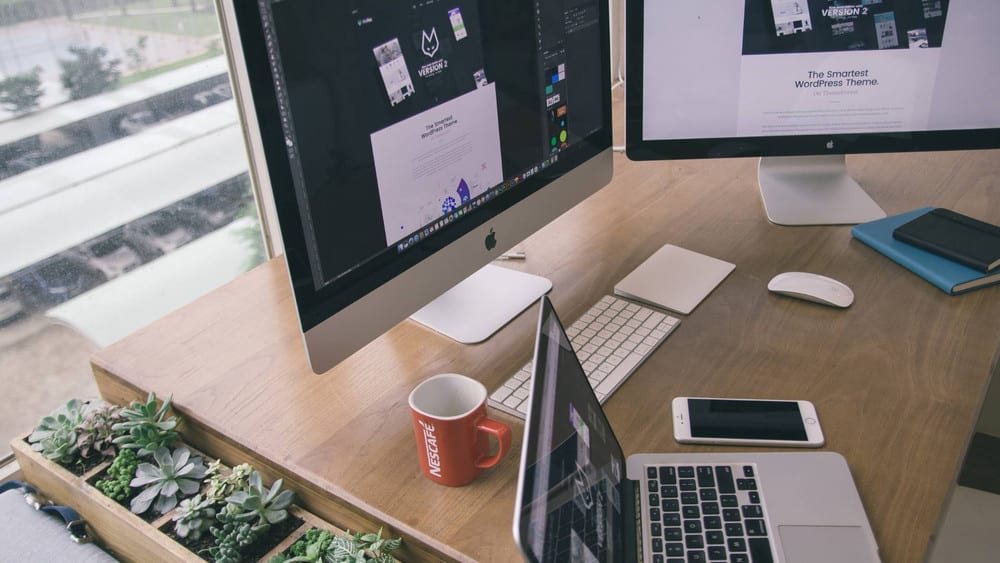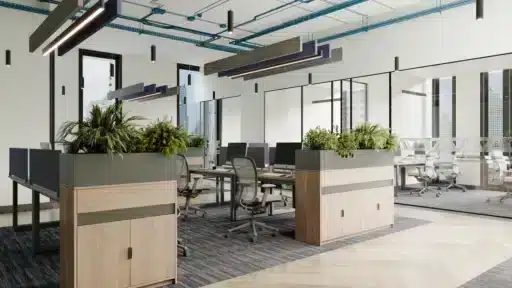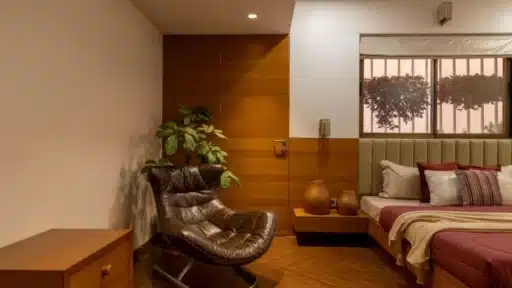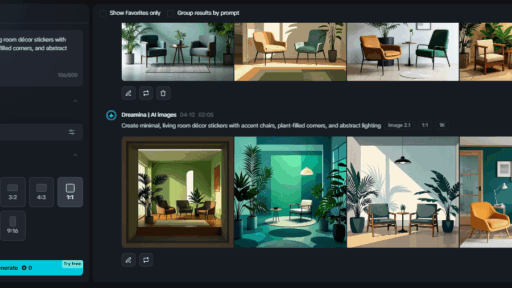The modern workplace is more than just a physical location where tasks get done—it’s a space that influences creativity, productivity, and well-being. Companies that invest in designing nice and comfortable offices not only create a more enjoyable environment but also see real benefits in terms of employee satisfaction, retention, and overall performance.
But how exactly can you create a workspace that is both visually appealing and functionally supportive? In this article, we’ll explore practical ways to design a comfortable office for your team.
1. Use 3D Visualization for Smart Planning
Designing a comfortable office requires thoughtful planning—and visualizing the end result before committing to construction or furnishings can save time and money. This is where commercial 3D interior visualization services become incredibly valuable.
A 3D interior visualization company can create realistic digital models of your proposed office layout, complete with furniture, lighting, colors, and textures. This lets you see how every design choice—from desk placement to paint color—will look and feel in real life. You can experiment with different layouts and design concepts without wasting resources on physical changes.
This approach brings convenience and efficiency to the office design process. It helps decision-makers, designers, and stakeholders align on the vision before any construction begins. Plus, you can collect employee feedback on proposed layouts using the 3D visuals, ensuring that the final result meets everyone’s needs.
By working with a professional 3D visualization company, you reduce the risk of costly mistakes, speed up the approval process, and achieve a better-designed space that employees will love.
2. Use Natural Light and Smart Lighting
Lighting has a major impact on mood, energy levels, and even sleep cycles. Offices with abundant natural light are consistently linked to higher levels of employee satisfaction and productivity.
If large windows aren’t an option, opt for smart lighting solutions that mimic natural light. Use bright, cool lights for work zones and softer, warmer tones for lounges and relaxation areas. Also, avoid harsh overhead lighting and consider using desk lamps and indirect lighting to reduce eye strain.
3. Designate Zones for Different Work Styles

Today’s workforce doesn’t thrive in a one-size-fits-all environment. To accommodate various working preferences, consider creating different zones within your office:
- Focus zones with quiet, private spaces for deep work
- Collaboration areas with whiteboards and flexible seating
- Breakout rooms for informal meetings or creative brainstorming
- Relaxation spaces with soft seating or even wellness amenities
By giving employees the ability to choose how and where they work, you empower them to perform at their best in different situations.
4. Choose the Right Colors and Materials
Color psychology plays a significant role in how people feel in a space. For instance, soft blues and greens promote calmness, while yellows encourage optimism and creativity. Neutrals offer a clean, modern look that many corporate spaces favor.
Choose durable, high-quality materials for desks, flooring, and walls that are easy to maintain but still convey a sense of warmth and quality. Add textiles like rugs, cushions, and curtains to soften the environment and absorb sound.
5. Foster Community Through Common Areas
Comfort also comes from a sense of belonging. Create inviting communal areas where employees can connect over coffee, share lunch, or hold casual conversations. These spaces should feel relaxed and inclusive—not just functional.
Kitchens, lounges, and even small game or wellness rooms can make a big difference in how employees experience the office. The goal is to provide opportunities for social interaction and stress relief throughout the workday.
6. Encourage Personalization

Employees should feel a sense of ownership over their workspaces. Encourage personalization by allowing individuals to decorate their desks, pin up photos, or bring in small personal items. This helps people feel more comfortable and grounded at work.
For shared workspaces or hot-desking setups, offer lockers or storage units so employees can keep their belongings safe and accessible.
7. Maintain Flexibility for Future Growth
Your office should be able to adapt as your team grows or work styles evolve. Choose modular furniture and flexible layouts that can be easily reconfigured. Think about scalability from the beginning—what works for 20 employees may not work for 50.
An adaptable office ensures your investment lasts longer and continues to support your business goals over time.
Conclusion
Creating a nice and comfortable office isn’t just about looking good—it’s about making people feel good. A thoughtfully designed space nurtures creativity, improves health, strengthens team culture, and ultimately leads to a more productive and satisfied workforce.
From ergonomic furniture and smart lighting to communal zones and nature-inspired design, each element contributes to a more human-centered workplace. And with the help of a 3D visualization company, you can plan and perfect your office design with clarity and precision—ensuring your space supports your people, your culture, and your company’s future success.








